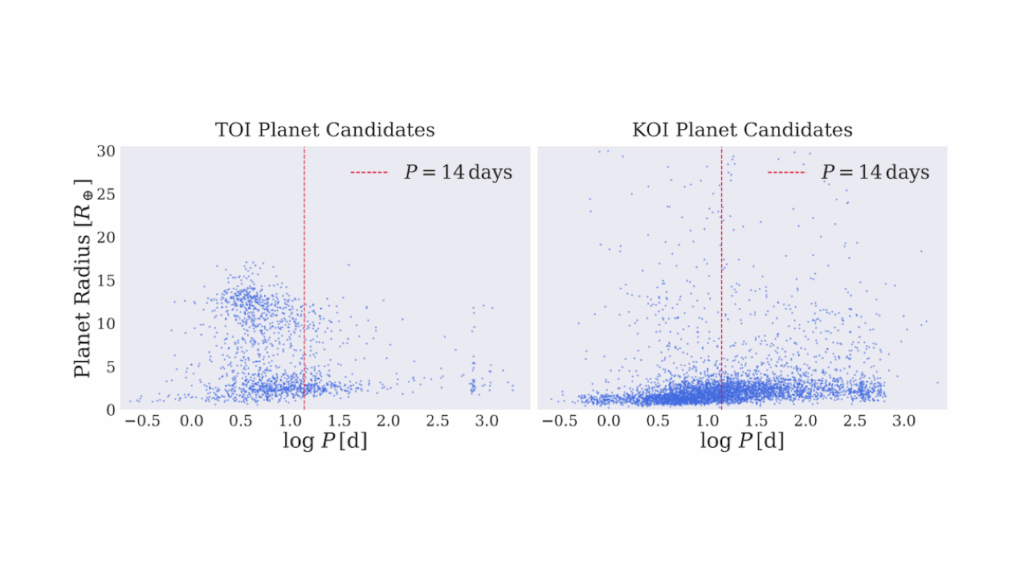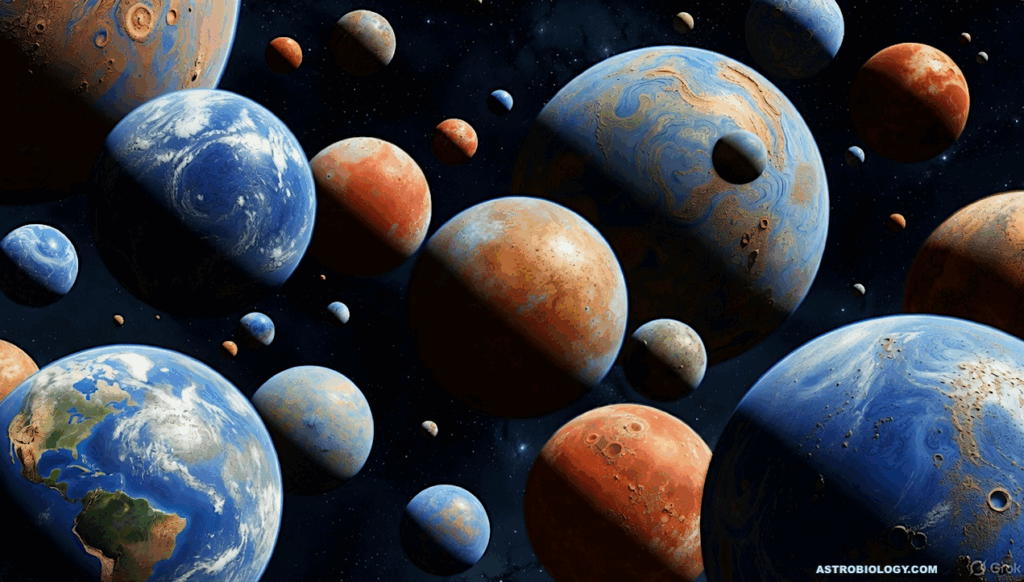Timeline Of DNA Sequencing Technology On The International Space Station

Bacteria can be identified by their unique biological blueprint, contained within molecules of deoxyribonucleic acid (DNA).
DNA is made up of four base molecules that link together to encode instructions for cell growth and behavior. Identifying the order of the bases using the process of DNA sequencing clues researchers in to the identity of the organisms and how they might behave.
The equipment required for DNA sequencing has historically been expensive and time intensive and has required specialized expertise to operate, limiting its use in space.
Explore how this technology has evolved to where researchers can now sequence DNA aboard the International Space Station:
February 1953 – Francis Crick, James Watson, and Rosalind Franklin discover the double helix structure that makes up DNA.

December 1977 – Frederick Sanger develops the first DNA sequencing method to read the genome of a virus.
July 1995 – First full bacterial genome sequenced (H. influenzae) with shotgun sequencing, which breaks the genome into small fragments that are sequenced individually using the chain termination method, then reassembled.
February 2012 – Oxford Nanopore Technologies debuts the first nanopore sequencer that uses next-generation sequencing (NGS) with the MinION.

April 2016 – As a part of the NASA WetLab-2 study, NASA astronaut Jeff Williams performs the first RNA isolation in space from E.coli and collects data on the RNA expression levels in the microbe.
April 2016 – DNA is amplified for the first time aboard station by ESA (European Space Agency) astronaut Tim Peake using the first PCR machine sent to station by company miniPCR.
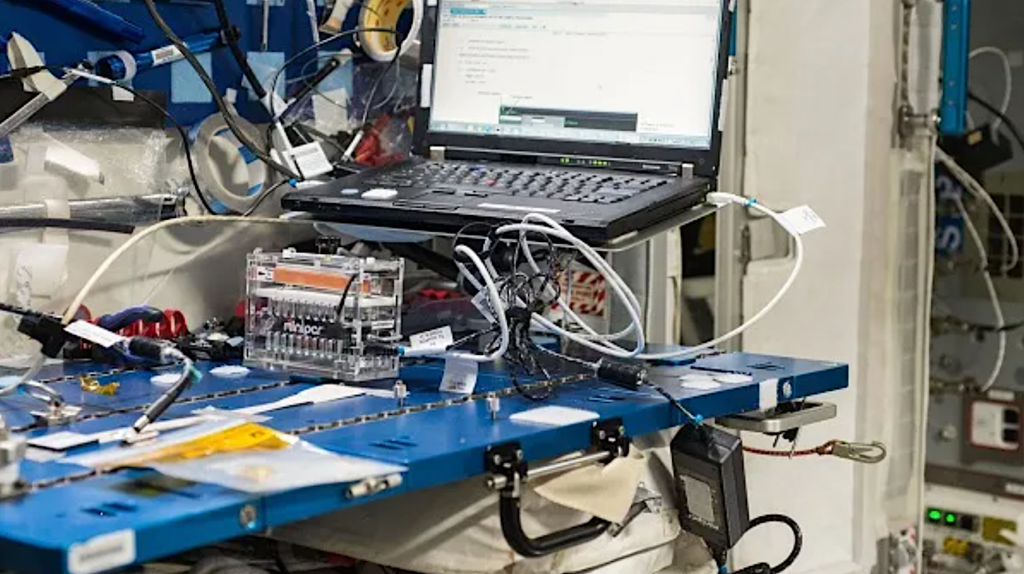
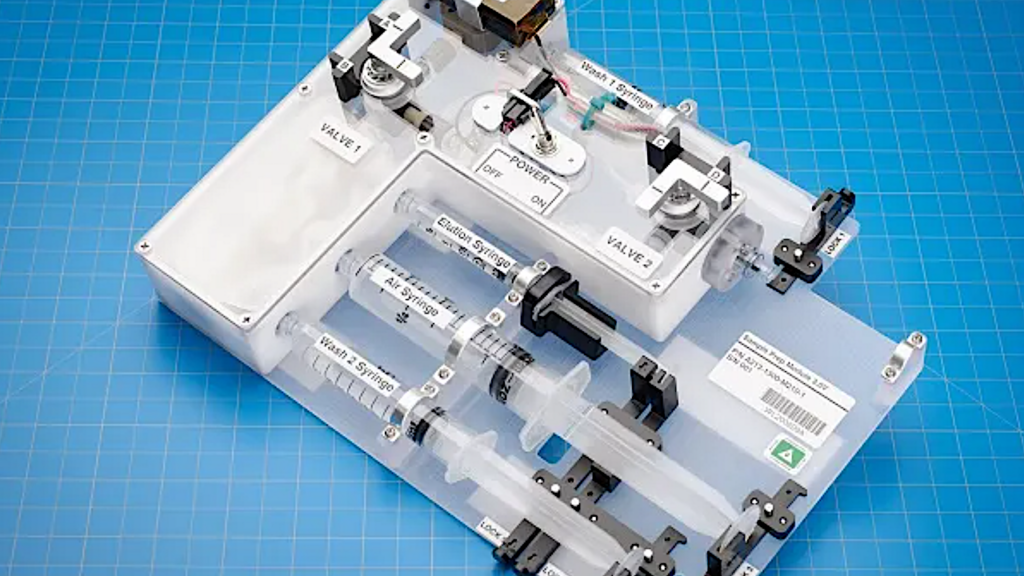
August 2016 – NASA astronaut Kate Rubin sequences DNA in space for the first time.

August 2017 – NASA astronaut Peggy Whitson combines the miniPCR and MinION, sequencing and identifying the first unknown microbe from the station.

View of Genes In Space-3 experiment in the Node 2 module. The Genes in Space-3 experiments demonstrate ways in which portable, real-time DNA sequencing can be used to assay microbial ecology, diagnose infectious diseases and monitor crew health aboard the ISS.

August 2018 – NASA astronaut Ricky Arnold demonstrates Biomolecule Extraction and Sequencing Technology (BEST) by using culture-independent methods to sequence DNA on station for the first time with a “swab to sequencer” method. This process speeds up the rate of sequencing, no longer requiring the time and resources needed to grow the bacteria prior to analysis.

May 2019 – NASA astronaut Christina Koch performs the first CRISPR-Cas9 gene editing on station, using yeast to mimic the effects of space radiation on human DNA.

July 31, 2020 – NASA astronaut and Expedition 63 Commander Chris Cassidy works inside the International Space Station’s Harmony module servicing microbial DNA samples for sequencing and identification.

February 2021 – The crew performed more than 800 microbial sample collections throughout station for the 3DMM experiment. Scientists used DNA sequencing and other analyses to construct the first comprehensive 3D map of bacteria and bacterial products throughout the station.

Jan. 3, 2022 – NASA astronaut and Expedition 66 Flight Engineer Raja Chari sequences DNA from bacteria samples using the BioMole Facility to understand the microbial environment on the International Space Station.

Sept. 6, 2023 – NASA astronaut and Expedition 69 Flight Engineer Jasmin Moghbeli services microbe samples for DNA sequencing aboard the International Space Station.
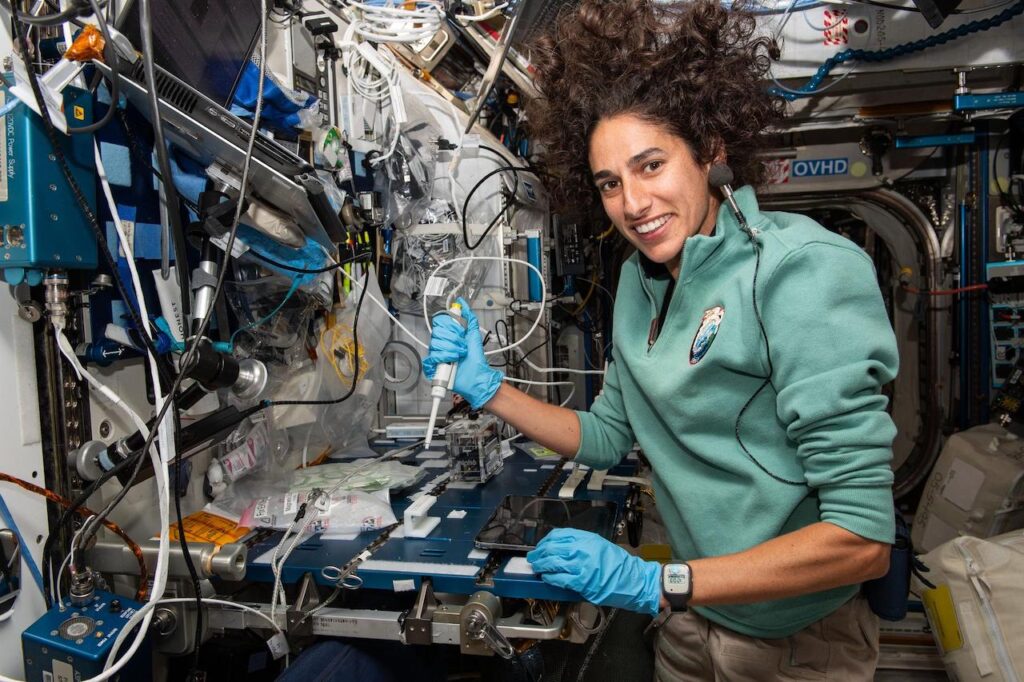
Astrobiology, Genomics, Space Biology,



